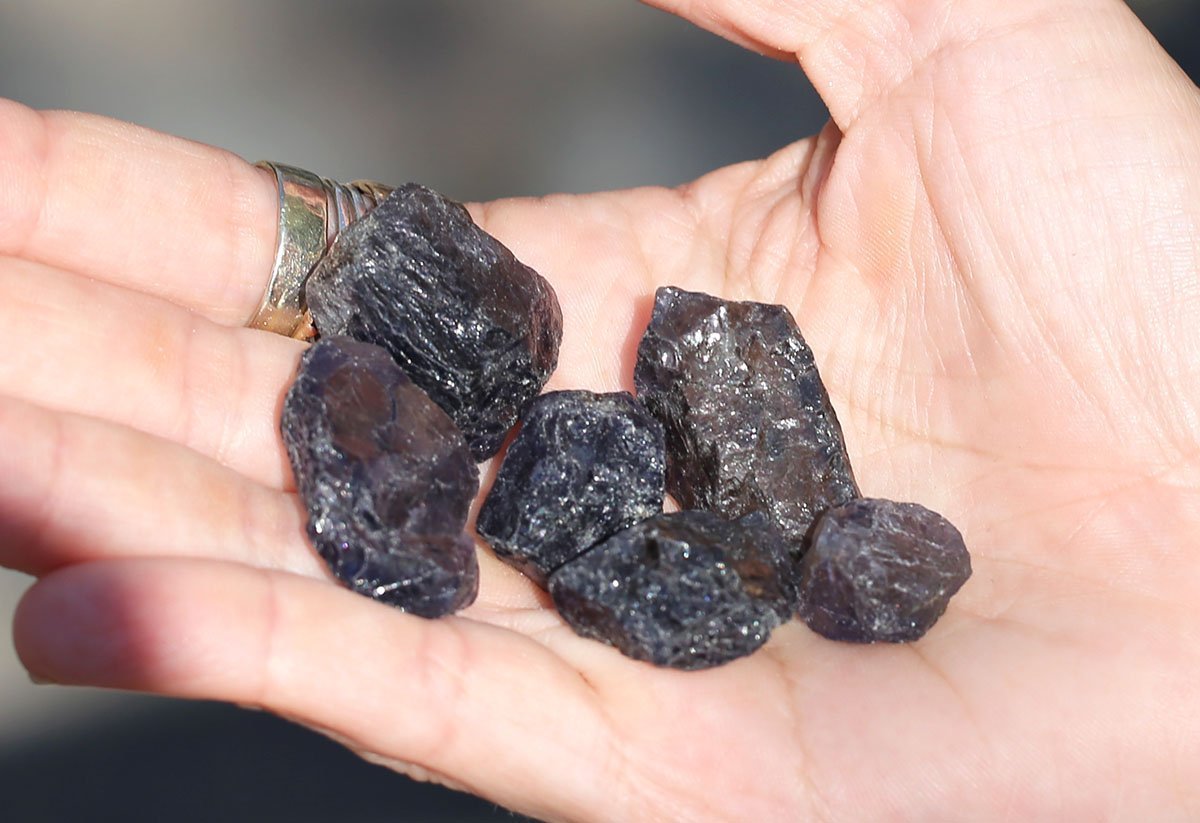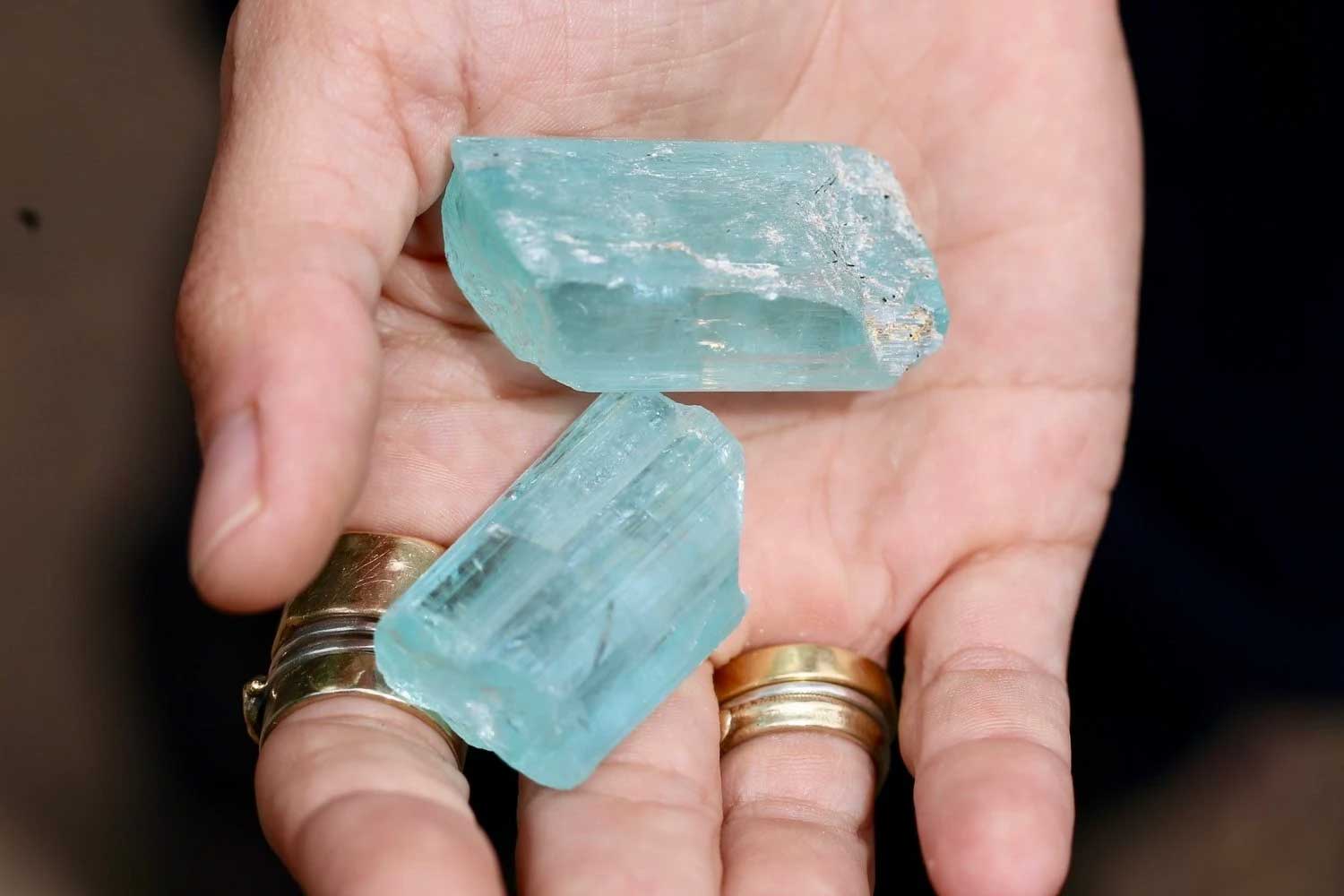
Citrine History & Meaning: The Art Deco Gemstone
Citrine is a member of the quartz family of gemstones, very often confused with yellow topaz. Named after the Latin Citrina (yellow), it shares a common root with the word citron, the French word for a lemon. Citrine and Topaz are the November birthstones.

Citrine In Ancient Civilizations
The association of citrine with the sun was a recurring theme amongst ancient civilizations. The Ancient Egyptians would use citrine in their amulets and talismans, believing citrine got its color from the God of the Sun, Ra.To the Hellenistic era Greeks and Romans, citrine was very highly sought after, often used to decorate tools and worn as jewelry. The Greeks associated citrine with the goddess of the harvest, Demeter.
Use In The United Kingdom
Popularity During the Art Deco Period

The Many Meanings Of Citrine
Where Does Citrine Come From?
It is difficult to find naturally occurring citrine these days, though heat-treated quartz is used in its place for most commercial uses today.We source our citrine rough and seek out reputable sellers to ensure we're getting the real thing. One way we can tell that our citrine is real is by the color patterns and depth of color in the rough stone. Heated quartz will look more uniform in color than the natural rough stone.
While hard to find, natural deposits of citrine can be found in the Ural Mountains, Spain, United States and Madagascar.




